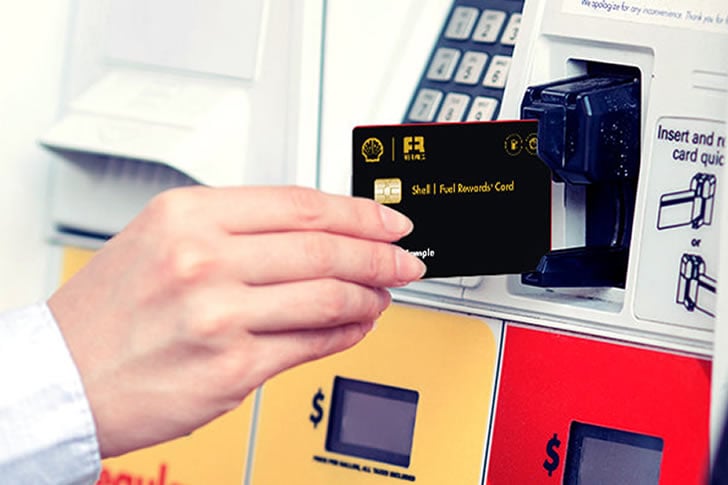In today’s economy, gas prices can significantly impact your budget. Gas rebate cards, however, offer a way to save. Here’s how you can utilize them to their fullest potential.

Gas rebate cards are specialized credit cards designed to reward users with cashback or points specifically for gasoline purchases. They are particularly beneficial for individuals who frequently refuel their vehicles, allowing them to earn rewards on a regular basis.
When you use a gas rebate card to pay for fuel, you earn a percentage of your total purchase back in the form of cash, statement credits, or redeemable points. The rebate rates can vary significantly between different cards, so selecting one that aligns with your spending habits can maximize your savings.
Some gas rebate cards come with annual fees, while others do not. It’s essential to assess whether the benefits offered by the card justify any associated costs to ensure you are maximizing your savings.
Select a card that aligns with your driving habits:
Read the fine print to familiarize yourself with rebate caps, expiration dates, and eligible purchases to fully leverage your card’s benefits.
Stay informed about new cards and offers. Switching to a card with better benefits or promotional rates can further enhance your savings.
Don’t overlook annual fees, assuming that rebates will always offset them. Calculate your expected savings and compare them to the costs.
Neglecting to read the terms and conditions can result in missed rebates due to caps, exclusions, or expiration dates.
Carrying a balance can lead to interest charges that quickly diminish the benefits of your gas rebate card, turning potential savings into extra expenses.
Gas rebate cards can provide significant savings, but their effectiveness relies on careful consideration of annual fees and strategic usage. By selecting the right card and managing it wisely, you can save money even as fuel prices rise. Stay informed and periodically review your options to ensure you’re getting the best deal possible.